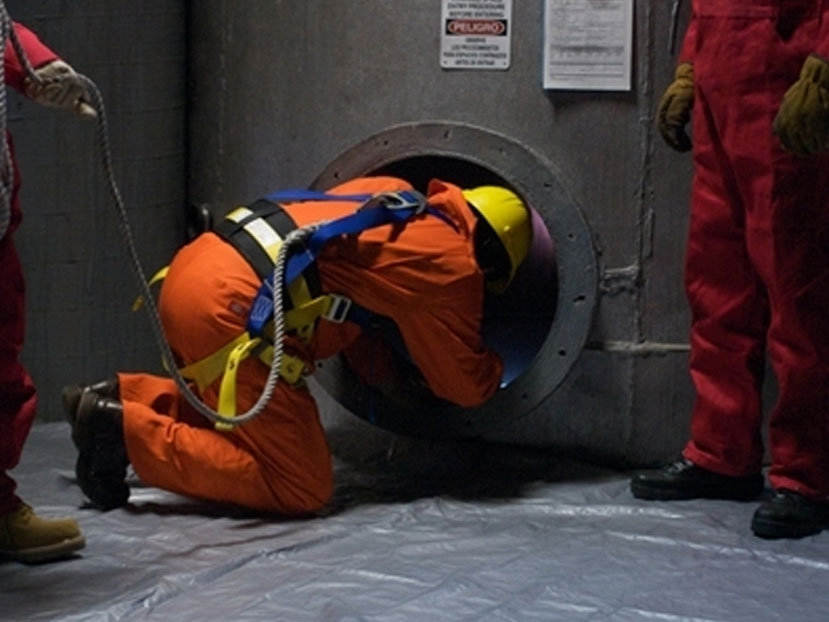


The goal of this course is to develop a basic understanding of the requirements for a Process Hazards Analysis (PHA) and the techniques used to conduct such an analysis. Participants will collaborate in small groups to analyze scenarios using incident videos and case studies. They will use critical thinking skills to predict potential problems.
Length:
3-day course
Pre-requisites:
PSM 101: PSM Overview
PSM 201: Process Technology
Prior exposure to operations, maintenance, projects
The Process Hazards Analysis course is designed for operations, technology, engineering, maintenance and safety managers; technical, operations and maintenance engineers; frontline supervisors with prior exposure to operational risks; PHA element/committee leader and team members; and site process safety management committee members.
The content is highly technical, requiring the facilitator and participants to be familiar with operating technology risks and have prior experience in operations, maintenance and/or projects. They should also have prior knowledge of material hazards, process design and equipment design.
In order to accelerate skill development, this course features a problem-based learning approach that provides a collaborative jobfocused experience. Participants will practice completing parts of the PHA including hazard identification, consequence analysis and hazard evaluation, risk analysis, and development of recommendations; identify and apply procedural requirements to potential job-related safety hazards; and use critical thinking to compare requirements to actual documented hazards. They will collaboratively build a personal compilation of recommendations to apply back at work; transfer diagnostic strategies to job-related decisions; and demonstrate an understanding of the material in order to participate as a member of the PHA team.
Planning and Preparing for a PHA This module covers how to select team members, train them, and develop a charter.
Hazard Identification Participants will identify toxic, flammable, explosive, reactive, and mechanical hazards.
Consequence Analysis In this module participants will practice toxic and flammable modeling. They will also uncover the direct impact of potentially hazardous events.
Process Hazards Evaluation Participants will explore the ways hazardous events can occur.
Determine Consequences with Loss of Engineering and Administrative Controls Participants will determine consequences based on the consequence analysis they performed in module 3.
Identify Independent Layers of Protection In this module participants will review the results of the hazard analysis and determine the level of protection required
Determine Frequency This module will focus on determining the frequency at which an event could occur.
Determine Risk Using consequence and frequency, the risk of an event will be estimated during this module.
Identify Risk Mitigation Needs In this module participants will determine events that require risk mitigation.
Develop and Prioritize Recommendations Participants will develop recommendations to maximize efficacy of the PHA.
Prepare Report This module will cover how the PHA team should document the review team’s work and prepare a report.


After completing this course, participants should compile a list of action items based on their learning to apply back on the job. This starts with writing a new or upgrading an existing PHA procedure. To build competency at the individual level, the participant should identify a coach, apply the updated PHA standard to two unit operations as a team member, get assessed on the competency requirements for applying PHA, and facilitate a PHA learning session for other unit operations.
Additional training on consequence analysis, facility siting, and safer processes may be needed. It is recommended that participants go through an e-learning refresher course once a year and instructor-led refresher training once every three years.